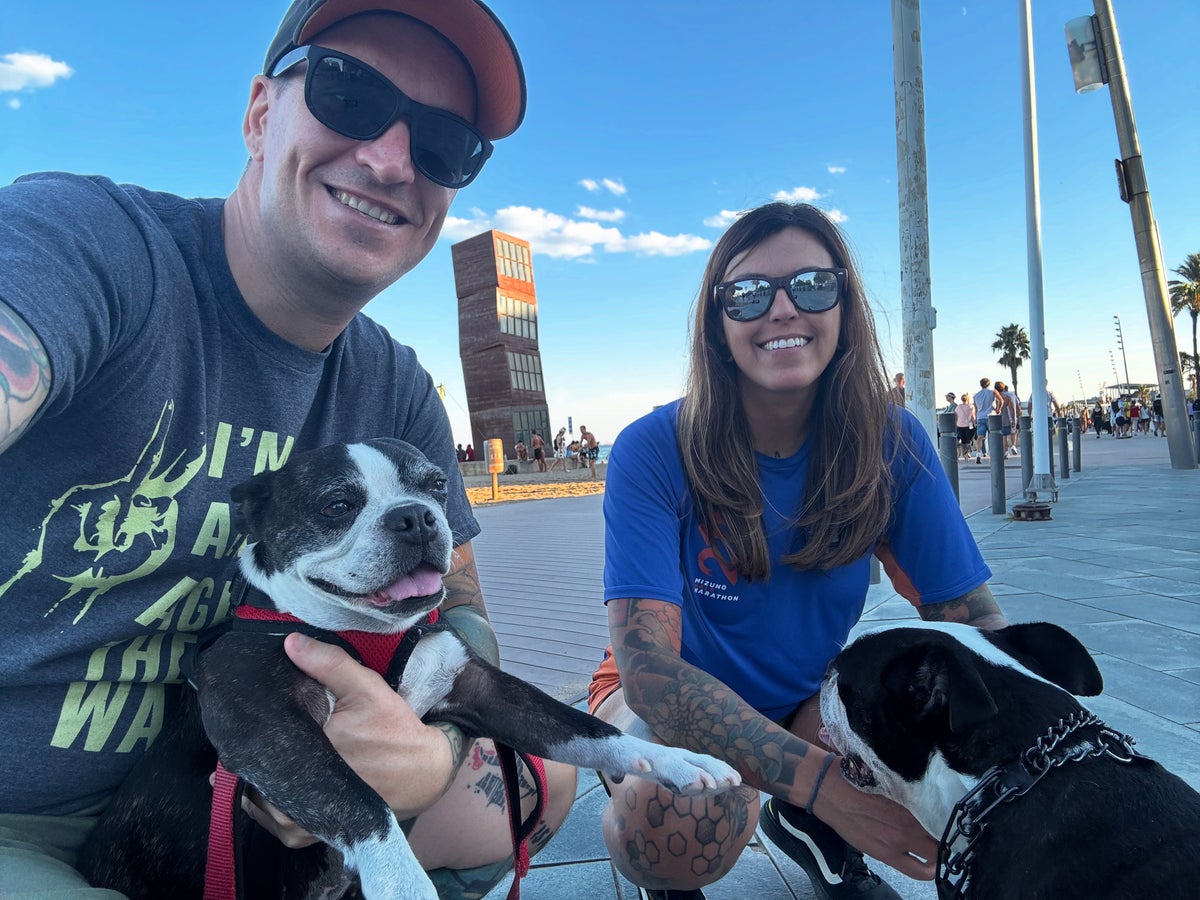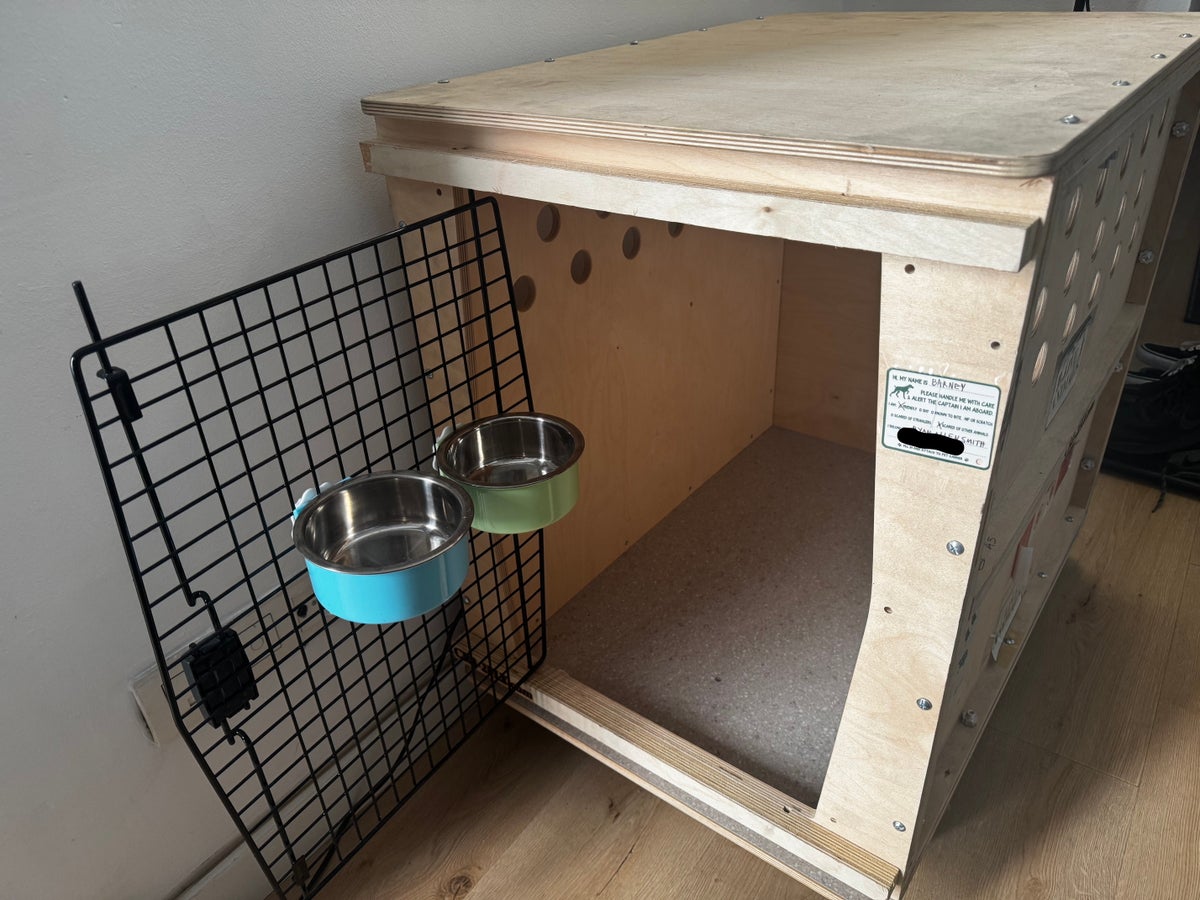Ryan Smith
Ryan Smith
News Managing Editor
846 Published Articles 1361 Edited Articles
Countries Visited: 197U.S. States Visited: 50
Ryan completed his goal of visiting every country in the world in December of 2023 and is now revisiting some favorites. Over the years, he’s written about award travel for publications including Awar...
Edited by: Michael Y. Park
Michael Y. Park
Senior Editor and Content Contributor
55 Published Articles 1420 Edited Articles
Countries Visited: 60+U.S. States Visited: 50
Michael Y. Park is a journalist living in New York City. He’s traveled through Afghanistan disguised as a Hazara Shi’ite, slept with polar bears on the Canadian tundra, picnicked with the king and que...
& Stella Shon
Stella Shon
Senior Features Editor
264 Published Articles 1080 Edited Articles
Countries Visited: 30U.S. States Visited: 32
With a degree in media and journalism, Stella has been in the points and miles game for more than 6 years. She most recently worked as a Corporate Communications Analyst for JetBlue. Find her work in ...



